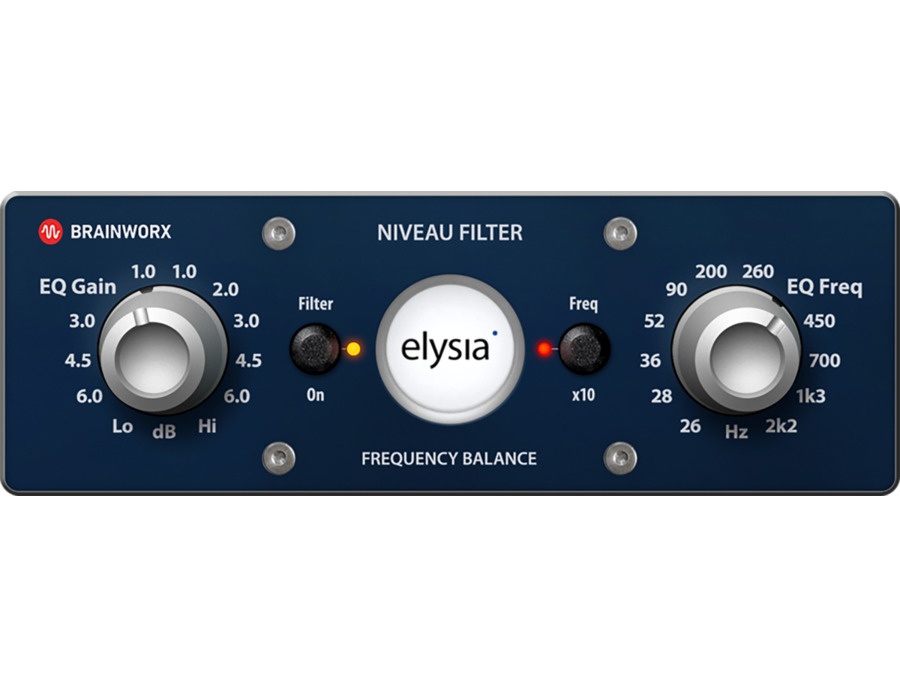

The preferences can be accessed by clicking the company Logo image on the top left of the plugin panel, and introduced various settings the user may wish to adopt.ġ ¨C Default Mode: Sets the default mode of the plug-in when instantiated.įader range specified in Fine Range settings. The range of the Fine scale can be configured in the Preferences panel. When the fader is set approximately, pressing ‘Fine’ will ‘zoom in’ on the fader, and offer a linear-law fader, which you can adjust with greater accuracy. Double click, Alt-click or Ctrl-click (Win)/Apple-click (Mac) to reset the dial.ĩ – Flip Phase: The Flip Phase button inverts the phase of the signal, for mixing applications.ġ0 – Bypass: The Bypass button provides a soft-bypass for the plug-in.ġ1 – Mute: The Mute button will mute the signal.ġ2 – Fine: Fine mode allows for an alternate method of fine-calibration of the fader. Hold ‘SHIFT’ to fine-adjust the setting, or enter a pan position in the textbox beneath the dial. The Pan law is configured using the preferences panel. Double click, Altclick or Ctrl-click (Win)/Apple-click (Mac) to reset the dial.Ĩ – Pan (not applicable in mono version): The Pan dial allows a stereo signal to be panned to the left or to the right. Hold ‘SHIFT’ to fine-adjust the level, or enter a value in the textbox beneath the dial. The Trim range can be configured using the preferences panel. Click the boxes to reset.ħ – Trim: The Trim dial provides a course input level adjustment. Click boxes to reset.Ħ – RMS: This box, and the yellow arrows on the meter, displays the current highest instantaneous RMS value recorded. Double click, Alt-click or Ctrl-click (Win)/Apple-click (Mac) to reset the fader.ĥ – PEAK: This box, and the red arrows on the meter, displays the current highest peak value recorded (using the metering law configured on the Preferences panel). Hold ‘SHIFT’ to fine-adjust the level, or enter a value in the textbox beneath the fader. The superposed red bar displays the current instantaneous signal RMS.ģ – Pre: Selecting ‘Pre’ switches the fader to display the pre-fader, pre-pan, pretrim input signal.Ĥ – Fader: The fader is the main plug-in control, and allows you to adjust the level of the incoming signal. The main display is a classic Peak-type level meter, which follows the signal in accordance with the metering type selected on the Preferences panel.
#Sonalksis stereo tools for free#
That's the blurb from the site, and it's a metering system for free with more useful functions.ġ – Settings (Sonalksis logotype): Click this button to access the Preferences (Settings) panel.Ģ – Meter: The meter displays a current indication of signal level. To make the workflow and the overview of the signal processing easier, FreeG provides extended, customizable metering features and settings. The Sonalksis FreeG is an intuitive tool that can be used for a variety of applications to increase the control and flexibility of the signal flow in the insert chain of the host.

Sonalksis FreeG FreeG - Not just a meter, more than a fader


 0 kommentar(er)
0 kommentar(er)
